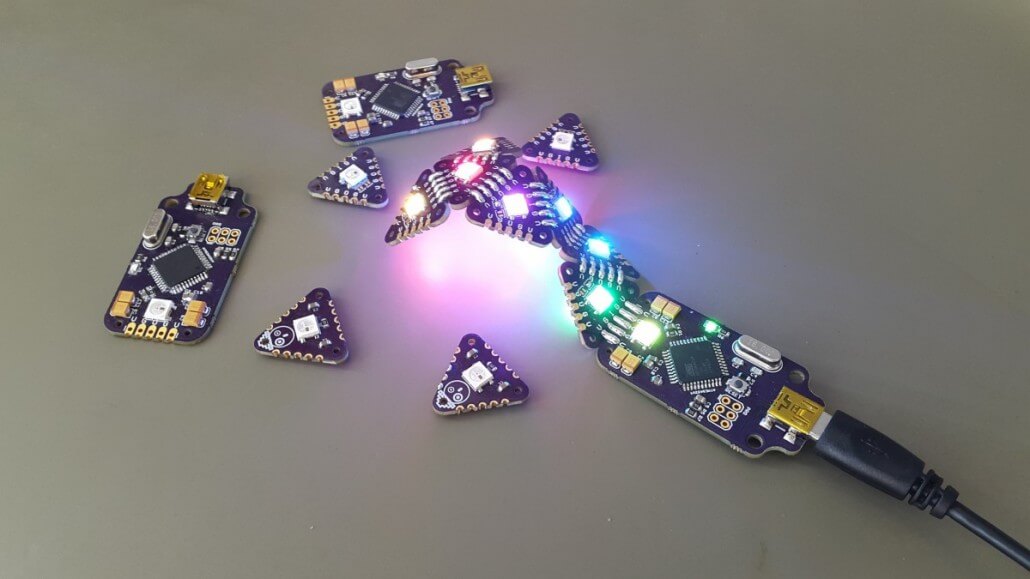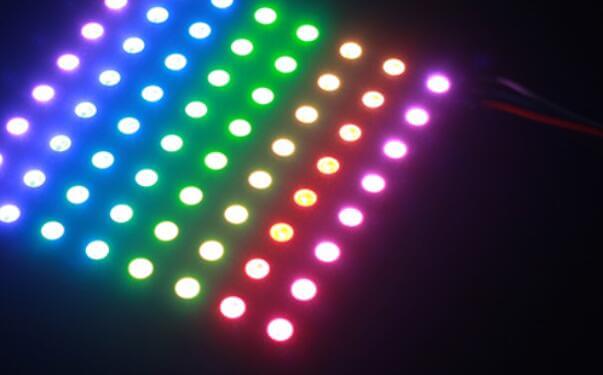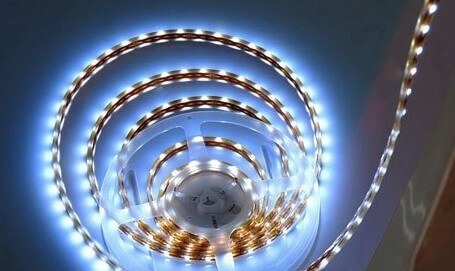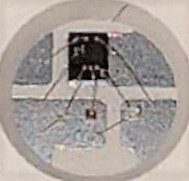Why Production Lines Need to be Careful with WS2812B RGB LED Assembly
WS2812B is an intelligent, externally controlled LED light source with an integrated driver chip in a tiny 5050 (5 x 5mm) package and an improved version of the previous WS2812. These devices are commonly found in household LED lamps, LED strips, and used as individual pixels in large electronic displays.
WS2821B RGB LEDS are commonly found as individual modules, matrices and strips.
The high brightness, color consistency and low power rating, amongst other reasons make the WS2812B LEDs incredibly popular. However, since these packages are highly sensitive to humidity, special care must be taken during storage and assembly to minimize defects, particularly if the device is to be exposed to constant high heat, such as in reflow ovens.
WS2812B LEDs are classed as level 5A moisture sensitive devices according to JEDEC/IPC ratings. Such devices require additional handling measures and exposure monitoring before, during and after soldering.
The primary concern with these permeable packages is if they are exposed out-of-bag for extended periods of time, the device could absorb moisture from the surrounding environment. The accumulation of moisture within the device housing could cause rapid expansion during heating, resulting in a popcorn effect within the device. Failures from this effect can range from as much as 20-30%. Therefore it is paramount to adhere to strict control measures to maximize yield.
The inner circuitry and integrated driver encased in the packages are very sensitive
As recommended in IPC/JEDEC J-STD-033D, Handling, Packing, Shipping and Use of Moisture, Reflow, and Process Sensitive Devices international standards, the following methods should be undertaken to properly preserve the devices:
- In the 48 hours prior to use, the packages should be baked continuously at a temperature of 75°C.
- The devices should not be subjected to solder reflow temperatures for longer than 4 consecutive hours.
- Unused LEDs should be returned to adequate moisture resistant storage (e.g. vacuum packaging in a dry cabinet) as soon as possible.
Seeed’s production floor experience with these devices finds these measures effective in reducing defects to as little as 1% and Seeed continues to employ these measures in all their production lines.
Having served the maker community for over ten years, Seeed regularly handles these LEDs and other moisture sensitive devices. As such, they have accumulated an expansive knowledge to guarantee yield and reliability. By utilizing these methods in your own production facilities, whether in state of the art assembly line or a local makerspace, costly failures can be avoided and the lifetime of the completed devices can be prolonged.
You may also like:
SEEED FUSION PCBA SERIES 1: WHAT IS PCB ASSEMBLY?
Seeed Studio Fusion PCB Assembly (PCBA) Service – Youtube
State of Electronics: Factory Tours of Shenzhen – Seeed Studios – YouTube



